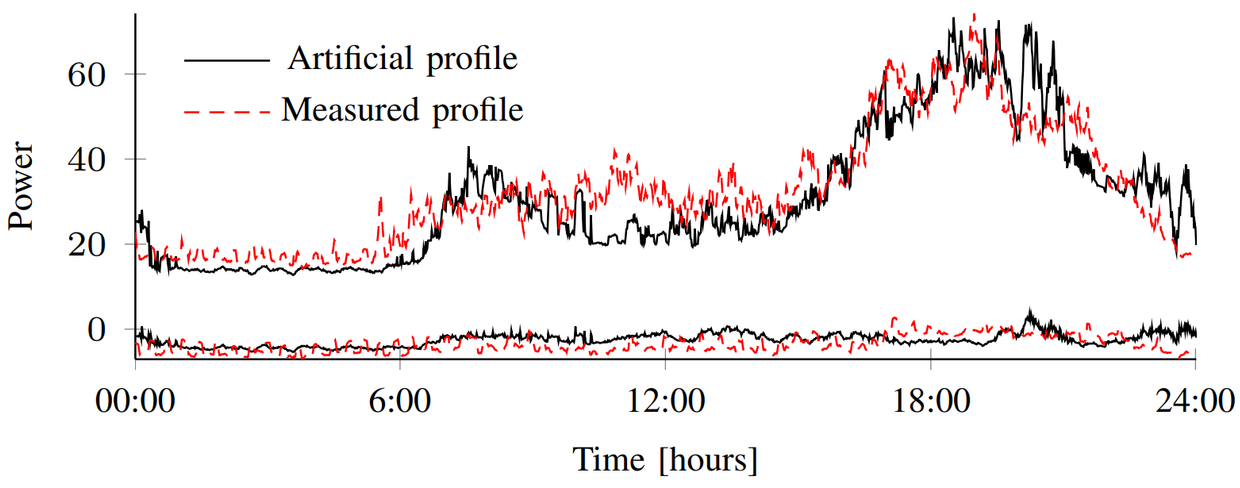Various energy management approaches have been developed the last couple of years to avoid costly grid upgrades. However, evaluation of these energy management methodologies is usually restricted to a specific aingle use-case, making the comparison between different approaches hard. By providing constraints on flexible devices, the artificial load profile generator is suitable to generate benchmark sets to test the performance of optimization algorithms for eneergy management solutions or dedicated algorithms to optimize control of devices.
With the open-source artificial load profile generator (ALPG), developed at the Universityo f Twente, such energy management approaches can be compared to each other using the same input data. In addition to commonly used static load profiles for both active and reactive power, the ALPG also provides flexibility information in the form of constraints for various generic classes of controllable domestic devices. This approach allows the re-use of data as input for different control and optimization algorithms. Load profiles and flexibility information are generated using a simple behavioural simulation. Note that, because of this purpose, the output of the ALPG should only be used as an input for another smart grid simulation and optimization tool.
Next to electricity profiles and constraints, the load profile generator also supports the generation of heat demand profiles to analyse control methodologies for multi-energy systems. It generates thermostat setpoints based on the occupancy profiles, as well as profiles for domestic hot water usage and ventilation. Thermal models, as researched by van Leeuwen, form the basis of the heat demand profile generation.
The output data of the ALPG uses 1 minute intervals and incorporates consumption profiles of real devices. The generated profiles are in sound with the measurement data obtained in a field test on both the household level and aggregated neighbourhood level. The same dynamics, such as unbalanced loading and rapid power consumption fluctuations, are observed in the generated model.
The work is presented in the paper: G. Hoogsteen, A. Molderink, J.L. Hurink and G.J.M. Smit (2016). Generation of Flexible Domestic Load Profiles to Evaluate Demand Side Management Approaches. IEEE EnergyCon 2016 Conference, Leuven, Belgium.
The code of the ALPG is open-source under the GLPv3 license and can be obtained here: ALPG GitHub page


